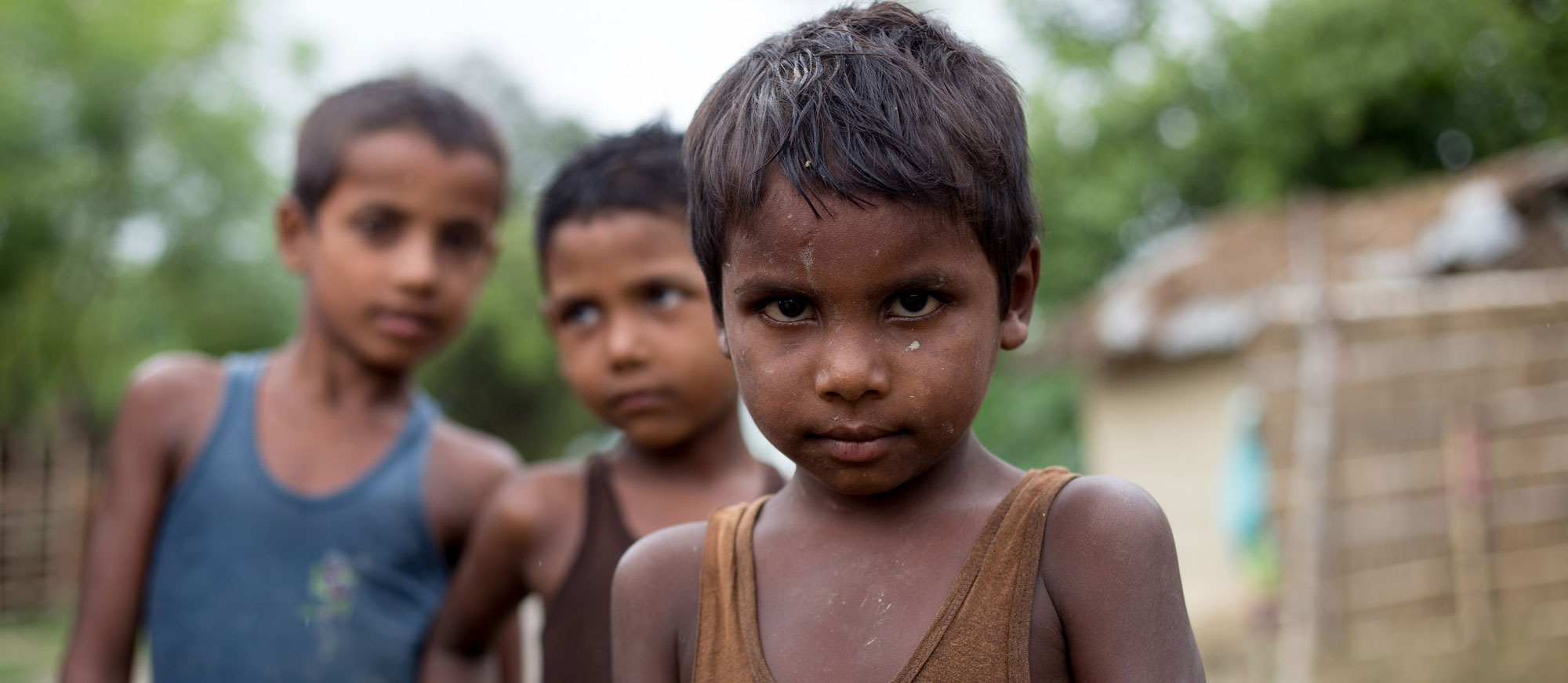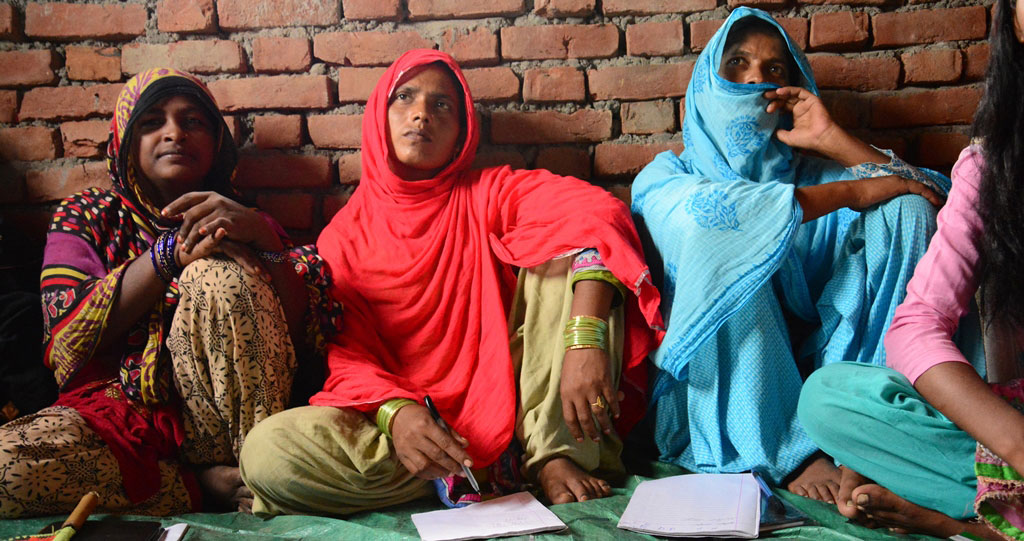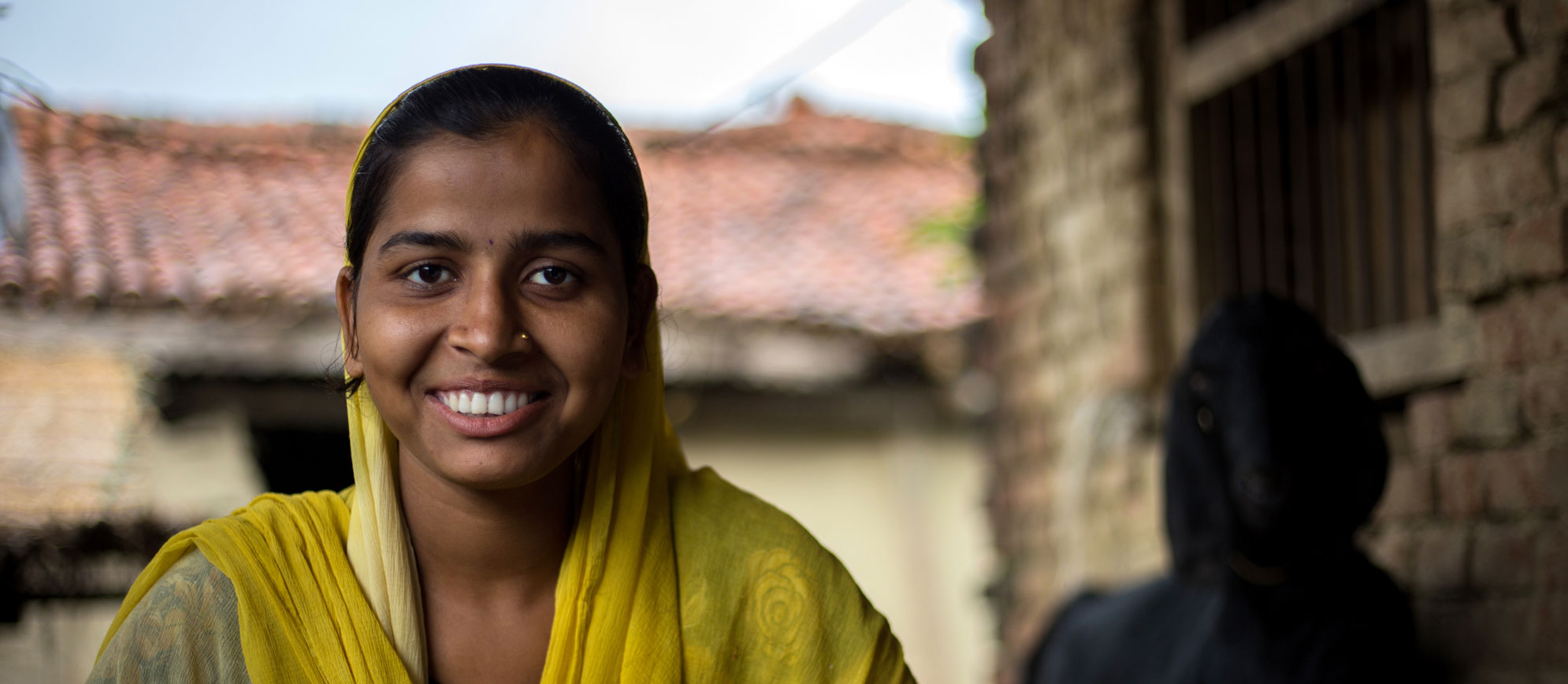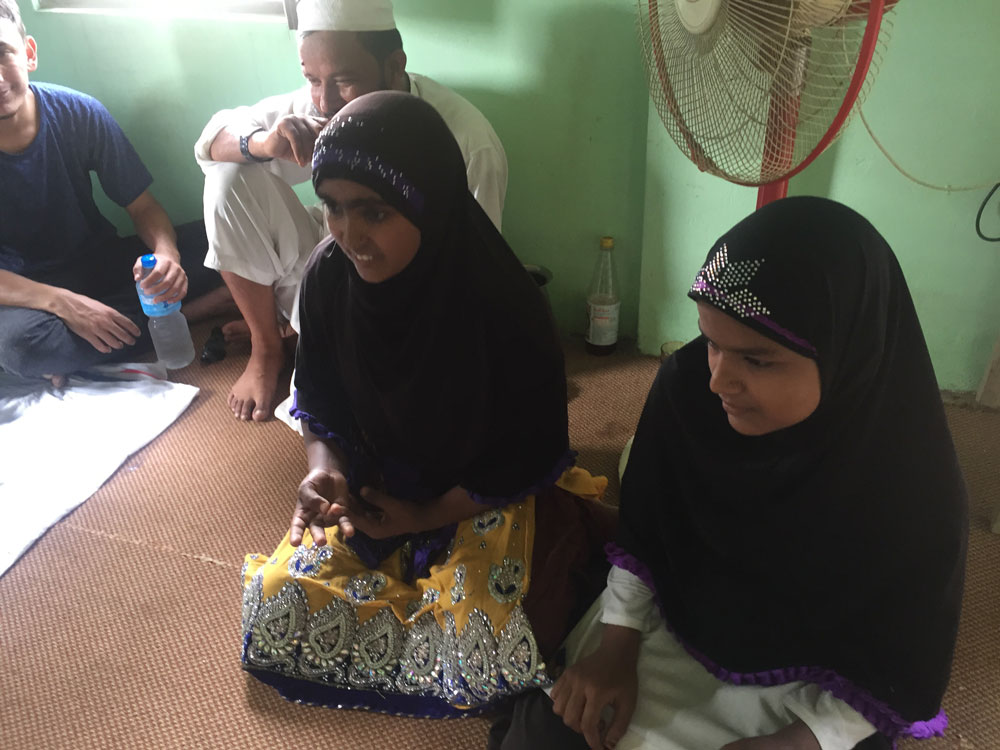
Education in Muslim Communities
Challenging Assumptions.
Despite the fact Muslims form a significant chunk of the population, especially in the Terai, they have been designated a low rank in the social caste hierarchy and remain one of the most disadvantaged groups in Nepal, in terms of economic, political and social development.
Muslims of Nepal are lagging behind in education with a very low literacy rate of 34.72% in comparison to the national literacy rate of 53.7% (Census, 2001). Only one fifth of Muslim children were found to be studying in government or private schools (FRP, 2006).


Case study
Meet Rajiya
Rajiya Khatum is a Muslim girl from Rautahat who has aspirations to study further. “I want to study a lot. I learn English, Hindi and Urdu at Madarasa. Arabic and the Quran are my favourite subjects. I would like to continue my education after Madarasa as well. Everyone needs an education so that they can gain knowledge.”

BREAKING THE BONDS
How We Can Help
Street Child aims to tackle the social and cultural barriers relating to the perceptions of education in the Musahar community; challenge the marginalisation of children from Musahar communities in school by ensuring an inclusive school environment for them; and address the resource constraints that restrict access to education, particularly the costs of school that prevent them from enrolling.
